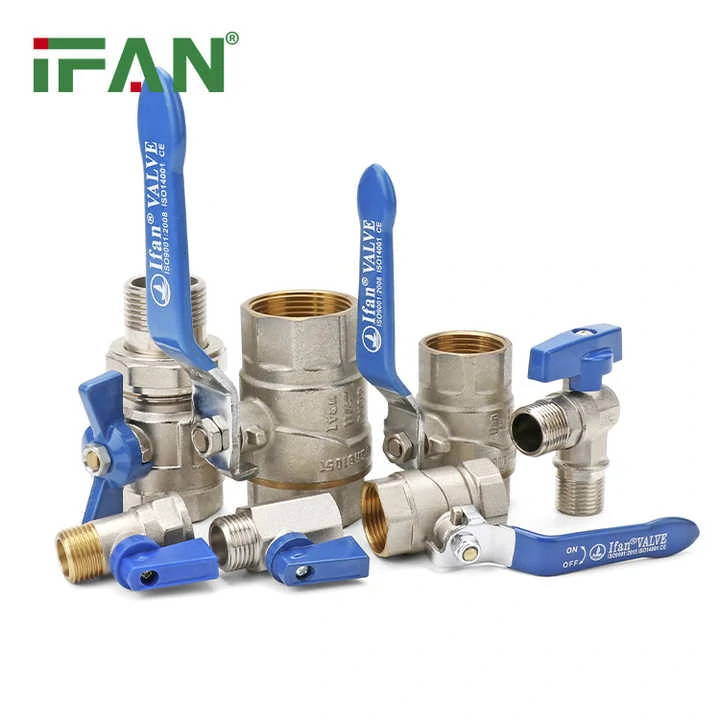Basic Structure of Brass Ball Valves
Brass ball valves consist of a brass ball with a hole through the center. The ball is placed inside a brass body. They have inlet and outlet ports. For example, in a water line, the valve connects two sections of pipe. The brass material provides durability and corrosion resistance.
Valve Handle Function
The handle of a brass ball valve controls its operation. When you turn the handle, it rotates the ball. The handle is easy to operate by hand. In a simple plumbing system, turning the handle allows you to adjust the water flow quickly.
Open Position
In the open position, the hole in the ball aligns with the inlet and outlet. This allows fluid to flow freely through the valve. It’s like an open door, letting water pass without obstruction. Imagine turning on a garden hose with a brass ball valve.
Closed Position
When the valve is closed, the ball rotates so that the hole is perpendicular to the ports. This blocks the flow. You use it to stop water from flowing. Such as shutting off water to a sink by closing the brass ball valve.

Sealing Mechanism
Brass ball valves use seals to prevent leaks. These seals ensure tight closure. They are usually made of materials like Teflon. A good seal keeps the valve from dripping when closed.
Pressure Handling
Brass ball valves can handle various pressures. They are suitable for both low and high-pressure systems. For instance, they work well in a residential water supply and industrial gas lines.
Flow Control Capability
Although primarily on/off valves, brass ball valves can partly control flow. By adjusting the handle position, you can regulate the flow rate. But it’s not as precise as some other valve types.
Maintenance and Longevity
Proper maintenance keeps brass ball valve working well. Regular cleaning and checking seals help. Replacing worn parts extends their lifespan. A well-maintained valve lasts for years.
This article provides a basic understanding of how brass ball valve work. If you need more detailed information, such as the specific installation steps or more complex applications, feel free to let me know, and I’ll expand the content for you.

